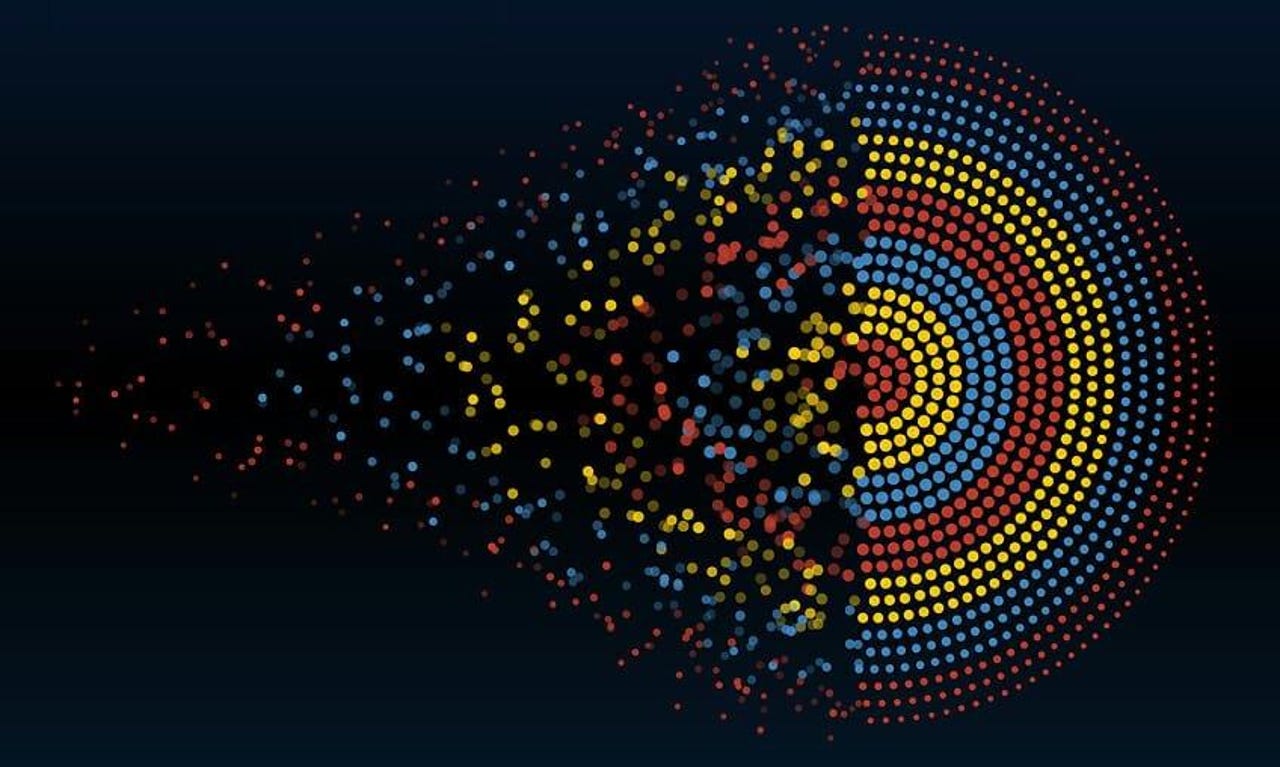The 5 best data visualization tools for every business


In the age of accelerated digital transformation, data is integral to day-to-day operations and long-term planning. To help transition innumerable data points into a more comprehensive narrative, there are a number of data visualization tools on the market. These business intelligence (BI) and business analytics (BA) tools offer customizable dashboards, machine learning (ML) and artificial-intelligence (AI) generated insights, forecasting capabilities and more.
Below, we've highlighted five of the best data visualization tools to meet long-term goals and guide operations.
Tableau
Tableau's perennially popular BI and BA platform is one of the more commonly used data visualization tools on the market. The platform helps entrepreneurs, large operations and lean small-business teams become data scientists using drag-and-drop features for in-depth operational analysis.
Tableau's machine learning-enabled Einstein Discovery capabilities provide a no-code approach to data insights and the platform. Additional notable features include AI-powered augmented analytics. The Explain Data capability uses AI to provide potential explanations related to various data points.
With the platform's Ask Data natural language feature, professionals can pose typed questions and receive feedback about these specific inquiries. Forecasting offers analysis and visualization of long-term trajectories, while predictive modeling helps teams understand how various factors can alter projections.
Tableau Desktop allows professionals to integrate information from a number of sources. These connected data sources include Excel, Access, Azure SQL Database, Dropbox, Google Drive, Marketo, Salesforce and other frequently-used products.
SEE: Tableau business analytics platform: A cheat sheet (free PDF download) (TechRepublic)
Microsoft Power BI
Microsoft Power BI is another top platform for data visualization and real-time analysis. Many organizations use Microsoft 365, and the Power BI platform allows Excel users to breathe new utility into their existing data, by transforming these resources into interactive dashboards. Drag-and-drop functionality enables customized data visualization using the extensive visuals library and an open-source framework allows users to craft original visuals.
Microsoft AI enables employees of various skill levels to prep data, create machine learning models and more. The data visualization tool supports more than 120 data source connectors. This includes sources such as Salesforce, Marketo, Github, Facebook, Google Analytics, Excel, SQL Server and others. For additional dynamic functionality, the tool can also be paired with Power Apps and Power Automate.
Weekly and monthly updates from the Microsoft Power BI Community provide regular platform enhancements. There are a number of pricing plans to choose from and Microsoft offers a Power BI free trial for those who prefer to test drive the platform before going all-in.
SEE: Prescriptive analytics: An insider's guide (free PDF) (TechRepublic)
Zoho Analytics
Zoho Analytics is another popular BI and BA tool that can help organizations transform their existing data into compelling visualizations to drive business strategy. The solution supports dashboards to monitor business metrics, macro trends and more, with a variety of charts and widgets available during the drag-and-drop build-out process.
Export and embed features enable quick dashboard sharing and implementation of these visualizations. For round-the-clock access, dashboards can be viewed across the full range of devices from PCs and tablets to mobile devices.
With AI, professionals can save time by leveraging the power of Zoho's 'intelligent Assistant' Zia to sift through data. Simply type an inquiry on the platform and let Zia use natural-language capabilities to discern questions and deliver feedback.
Reports and dashboards can be embedded across apps, blogs and websites, and permalinks enable quick sharing and easy accessibility. The platform also offers integration with many widely used data connectors including Mailchimp, YouTube, LinkedIn Ads, QuickBooks, ZenDesk, Salesforce CRM, Google Analytics, HubSpot CRM, and more.
SEE: CRM solutions for SMBs (free PDF) (TechRepublic)
Big Data
Sisense
Sisense's end-to-end BI platform offers a robust suite of tools to deliver data-driven insights and visualizations. Professionals can leverage the power of the platform's artificial intelligence and machine learning features.
The platform features a number of industry-specific BI dashboards. For example, financial sector templates include a CFO Dashboard to help assess profitability and guide planning. In the IT sector, a cybersecurity template helps teams monitor past threats, daily threat averages and other metrics with PostgreSQL, Google BigQuery, MySQL, Excel and other built-in data connectors.
Sisense also offers tailored data visualization capabilities crafted for specific positions throughout with its 'role-specific' interactive dashboards. These position-focused solutions include BI dashboards for CEOs, CFOs, HR directors and talent acquisition managers among others. The executive dashboard provides a data-driven visual executive summary illustrating KPIs, regional revenue, and other metrics.
For added dashboard customization, the Sisense Fusion platform offers integration with a wide range of data connectors such as Amazon Redshift, Snowflake, Salesforce, Adobe Analytics, Azure Synapse and more.
SEE: 30 Excel tips you need to know (TechRepublic Premium)
Google Charts
From Docs to Drive, organizations around the globe rely on Google Workspace applications, and Google Charts provides free interactive data visualization tools. The platform features a wide range of visuals to illustrate data such as geocharts, bar graphs, scatterplots, histograms, treemaps, timelines, gauges and a portion of these options are GWT (Google Web Toolkit) integrated.
While the platform includes a number of pre-made charts that are ready to implement, organizations can also choose to customize these visuals. Google Charts also allows companies to compile widgets and visuals within more comprehensive interactive dashboards.
Also see
- How to become a data scientist: A cheat sheet (TechRepublic)
- Top 5 programming languages data admins should know (free PDF) (TechRepublic download)
- Data Encryption Policy (TechRepublic Premium)
- Volume, velocity, and variety: Understanding the three V's of big data (ZDNet)
- Big data: More must-read coverage (TechRepublic on Flipboard)